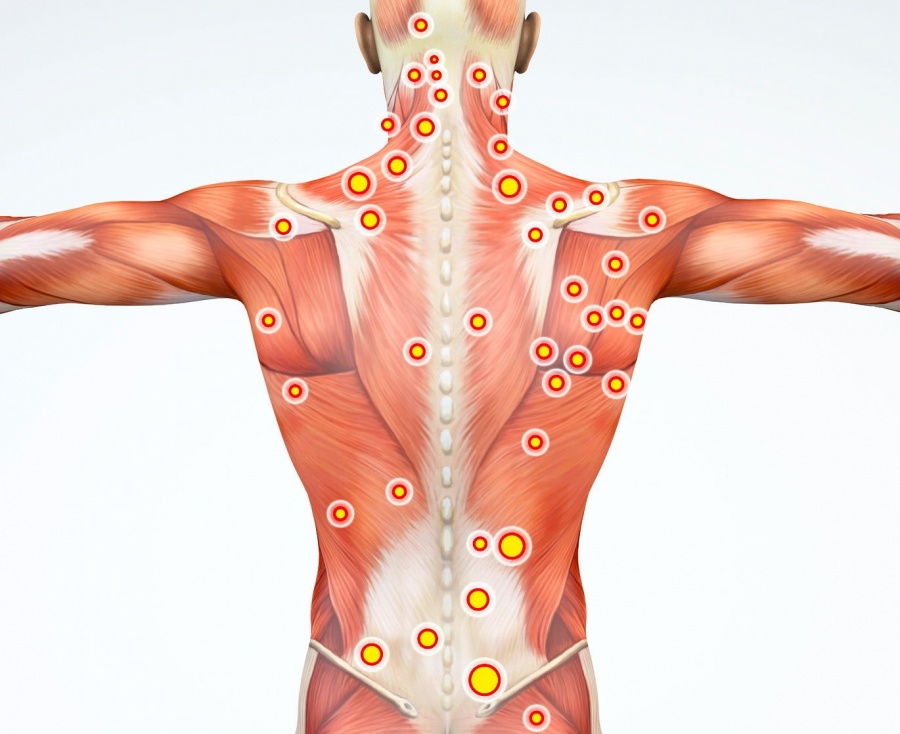
How many people live with chronic pain? More than you think!
According to the CDC, it affects over 20% of U.S. adults. Some of the most common causes include low back pain, multiple sclerosis, fibromyalgia, neuropathy, and shingles.
Myofascial Pain Syndrome is relatively common as well, especially among those between the ages of 27 and 50.
What is it? How do you treat it? Want to know? If so, you’re in the right place.
We’ll be going over everything that you need to know about the condition in this post. Keep reading to learn more!
What Is Myofascial Pain Syndrome?
Myofascial Pain Syndrome is a chronic pain disorder that affects the body’s soft tissues; it’s often associated with sensitive points in your muscles known as “trigger points”.
More specifically, these trigger points will radiate pain to the affected area when pressure is applied. In some cases, it can also cause pain spontaneously without any pressure.
In fact, the pain may be felt in an unrelated area of the body.
Symptoms of Myofascial Pain Syndrome
Individuals with myofascial pain syndrome will often feel a deep pain in localized areas of muscles. Generally speaking, the pain will get worse if the muscle is strained or stretched.
In addition to that, they may experience painful knots in the muscles, which may also be weak, stiff, or inflexible. As a result of chronic pain, they may also have difficulty sleeping.
Potential Causes
Most cases are caused by muscle trauma or muscle overuse. For example, it may be due to heavy lifting. Sitting for long periods of time can also increase your risk of the condition.
Other contributing factors include lack of sleep, nutritional deficiencies, serious lack of exercise, smoking, obesity, and hormonal changes.
Individuals who frequently experience stress and anxiety are also at a higher risk of developing trigger points in their muscles.
Treating Myofascial Pain Syndrome
There are several medications that you can take to ease the symptoms of myofascial pain syndrome. For example, you can take nonsteroidal anti-inflammatory drugs, analgesics, or muscle relaxants.
In addition to that, there are other therapies that you can try such as dry needling. If anything, it’s one of the fastest ways to inactivate myofascial trigger points.
Going to a chiropractor can also help. For one thing, they can massage the affected area, which will help to loosen the muscles and alleviate pain. On top of that, they can teach you stretches that’ll help relieve tension in the painful muscle.
Check out Shorelife Chiropractic & Wellness if you need some tips on what to wear to chiropractor.
Understanding Myofascial Pain Syndrome
Now you know all about myofascial pain syndrome! As you can see, it can be quite a debilitating condition. The good news is that there are ways to treat it—that’s why you want to go to the doctor if you’re experiencing symptoms!
For more health tips, check out the rest of our site!